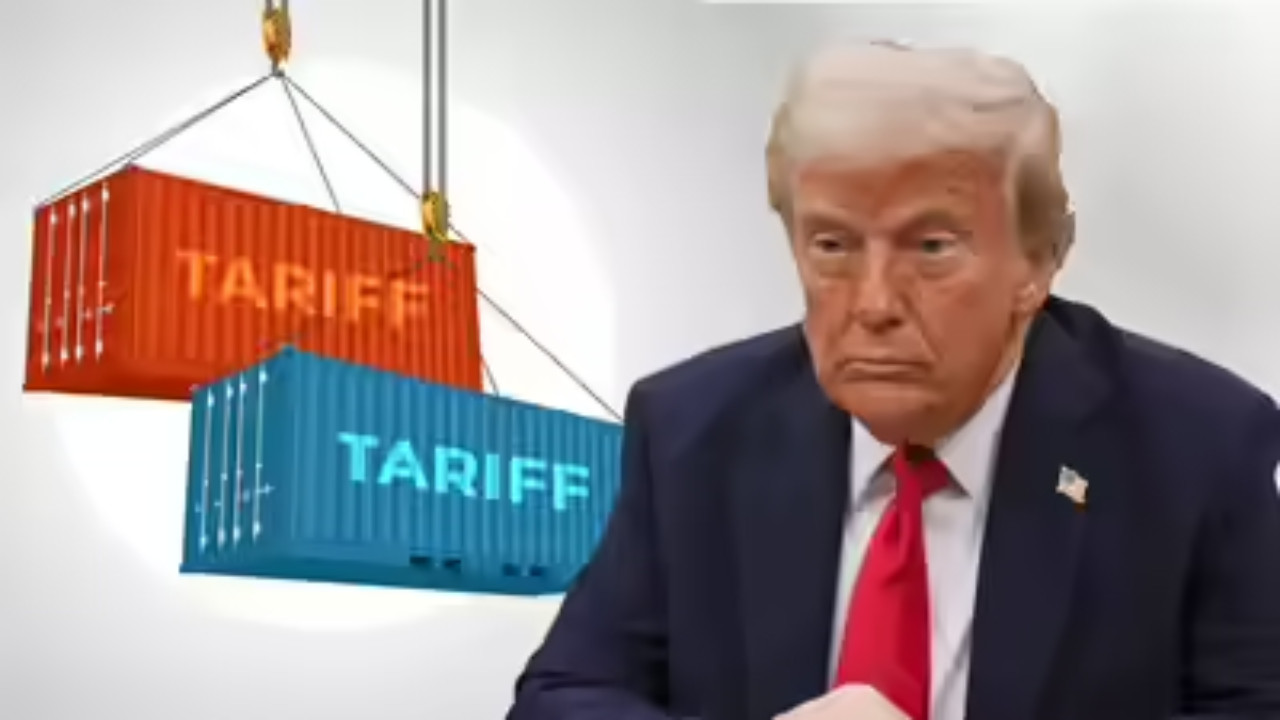The US average tariff rate has surged to 20.1%, marking its highest sustained level since the 1910s, driven by President Trump’s pursuit of “reciprocal” trade. This increase, particularly targeting Chinese goods, reverses decades of trade liberalization. Trump defends the tariffs, citing positive impacts on the stock market and national revenue, while warning against judicial reversals that could trigger economic collapse.
The Rising Tide of Tariffs: Are We Heading for a Trade War?
The global economy, a complex web of interconnected transactions and agreements, is facing a growing challenge: the resurgence of tariffs. Remember those dusty economic history lessons about protectionism and the Smoot-Hawley Tariff Act? Well, they might be more relevant than we thought. New data suggests the average U.S. tariff on imports has surged to 20.1%, a level unseen since the tumultuous years of the 1910s. That’s not just a blip on the radar; it’s a significant shift with potentially far-reaching consequences.
But how did we get here? The past few years have witnessed a significant increase in trade restrictions, driven in large part by escalating tensions between major economic powers. Think back to the headlines – the back-and-forth volleys of tariffs, the accusations of unfair trade practices, the general sense of unease hanging over international commerce. These actions, while often framed as measures to protect domestic industries, are having a measurable impact on the global stage.
<img src="image-of-container-ships-at-port.jpg" alt="Container ships at port illustrating the global trade slowdown due to the rising tide of tariffs.”/>
The World Trade Organization (WTO) and the International Monetary Fund (IMF) are sounding the alarm. They are carefully watching how trade policy changes are impacting the global economy. They’re not alone in their concerns; businesses, economists, and policymakers around the world are grappling with the implications of this shifting landscape. Are we on the verge of a full-blown trade war? And, if so, what will that mean for businesses and consumers alike?
What’s Driving the Tariff Surge?
A complex interplay of factors is fueling this trend. Protectionist sentiments, often rooted in concerns about job security and national security, have gained traction in many countries. Governments, under pressure to safeguard domestic industries, are increasingly resorting to tariffs and other trade barriers as a quick fix. This can create a domino effect, with one country’s tariffs prompting retaliatory measures from others, leading to a cycle of escalating restrictions.
Furthermore, geopolitical tensions are adding fuel to the fire. As relationships between nations become strained, trade becomes a casualty, used as a tool to exert pressure or signal disapproval. This creates an uncertain and unpredictable environment for businesses, making it difficult to plan for the future and invest in long-term growth.
The Impact of Increased Trade Barriers
The consequences of rising tariffs are multifaceted and potentially severe. For consumers, higher tariffs translate into higher prices for imported goods, eroding purchasing power and contributing to inflation. Businesses face increased costs for raw materials and components, impacting their profitability and competitiveness. This can lead to reduced investment, slower job creation, and ultimately, slower economic growth.
The global economy as a whole suffers from reduced trade flows. When countries erect barriers to commerce, it disrupts supply chains, hinders innovation, and limits access to new markets. This can particularly impact developing countries, which rely on trade to drive economic development and reduce poverty. One possible outcome is finding new trading partners to minimize the effect of new tariffs.
Navigating the New Trade Landscape
So, what can be done to mitigate the risks and navigate this evolving trade environment? One approach is to focus on strengthening international cooperation and promoting multilateral trade agreements. By working together, countries can address trade imbalances, reduce barriers to commerce, and create a more level playing field for businesses.
Another key strategy is to invest in domestic competitiveness. By improving education, infrastructure, and innovation, countries can enhance their ability to compete in the global marketplace, regardless of trade barriers. This includes supporting industries that are strategically important and fostering a business-friendly environment that encourages investment and growth. See how we can support your business strategy here.
Looking Ahead: A Call for Cooperation
The surge in tariffs is a serious concern that demands attention and proactive solutions. While protectionist measures may offer short-term benefits to specific industries, they ultimately harm the global economy and undermine long-term prosperity. The path forward lies in fostering international cooperation, promoting fair and open trade, and investing in the competitiveness of our own economies. Ignoring these factors will only exacerbate trade friction and harm global stability. Only through collaboration and a commitment to free and fair trade can we ensure a prosperous future for all.







